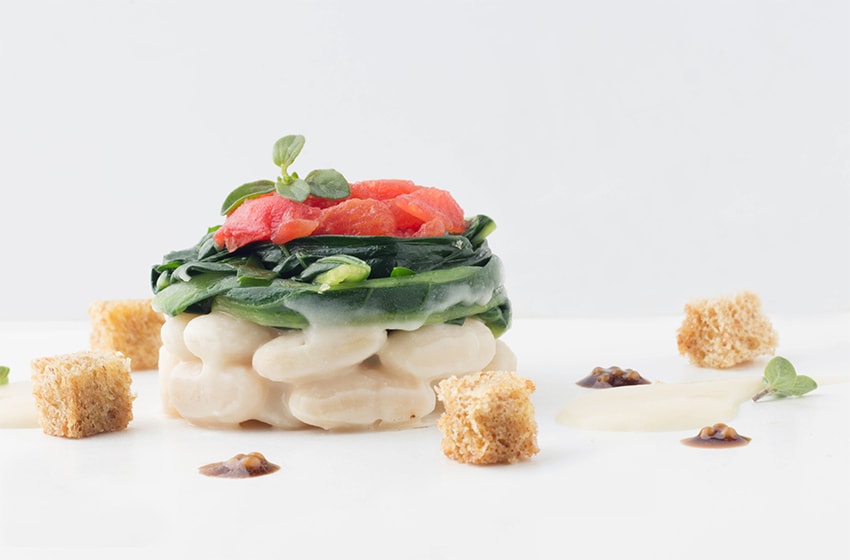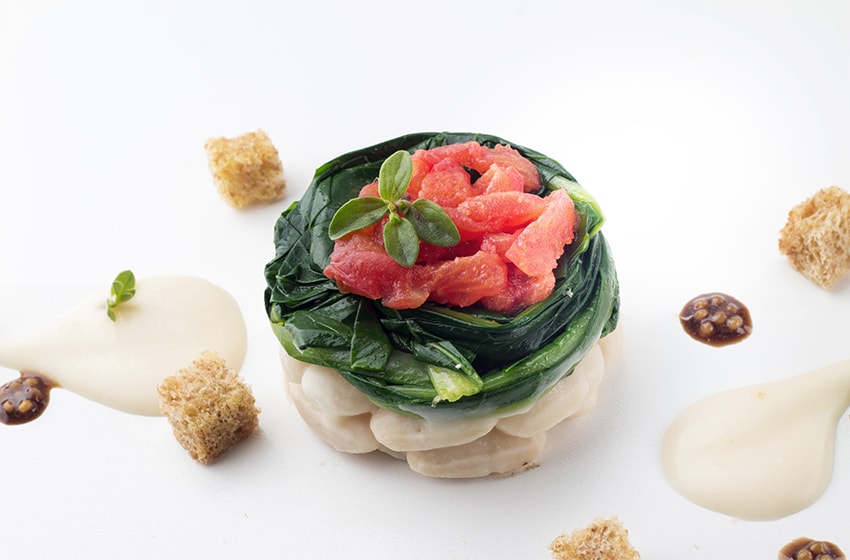Blog
A trip in the world of catering
For centuries, legumes have been one of the few sources of food in many communities of the world; today, however, they have gained a
very important place in the menus of even the most prestigious chefs and restaurant kitchens, which is mostly thanks to new trends for healthy eating and to their versatility in complimenting other ingredients.Particularly tasty if used in vegetable soups or paired with pasta and rice, they have such a high amount of mineral salts, fibres, vitamins and especially proteins, that they are valid substitutes for meat and fish.
To cut a long story short, legumes are a real panacea for our health. However, they are not always prepared and consumed in the proper way: they should be soaked for a long time, in order to rehydrate and tenderize them and eliminate any anti-nutritional substances, and then be cooked for a long time so as to eliminate unpleasant digestive problems.
You can overcome these issues and save a lot of time when cooking, using waveco® and its induced maturation©: thanks to this innovative technique, we can avoid the long soaking period, obtain a legume which has preserved all its delicate nutritional properties as well as achieve an incomparable result in terms of tenderness, colour and shelf life.
Let’s test waveco® with the preparation of this recipe: “Beans, chicory, candied cherry tomatoes and mustard mucilage”. For this recipe, use: cannellini beans, cherry tomatoes, chicory, passion fruit, bread, mustard, aged balsamic vinegar, extra-virgin olive oil.
CANNELLINI BEANS
Take the dry beans and put them into a container, adding water until you fully cover the cannellini. Start induced maturation© for 60 minutes; then cook in a pan for 40 minutes. Be careful: the cooking time varies depending on the type of raw material. At the end of the process, beans will have maintained their natural colour and become more tender and digestible, despite not being soaked.
TECHNICAL FOCUS: SOAKING LEGUMES
Almost all legumes need to be soaked in water for a long period of time before being cooked. This operation helps hydrate them and make them more tender and digestible, activates the germination, eliminates any anti-nutritional substances (such as the phytates) and reduces subsequent cooking times.
MUSTARD MUCILAGE
Take the mustard seeds, put them into a bag, cover them with water and start the induced maturation© process for 30 minutes. Drain and put the seeds into a new bag with aged balsamic vinegar, then mature for 40 minutes. The first process rehydrates the seeds, by diminishing the spicy taste of the raw material, while the second obtains more tender seeds which have more evenly absorbed the balsamic vinegar; all with no need to soak and cook.

CANDIED CHERRY TOMATOES
Clean some cherry tomatoes, put them into a bag and start the induced maturation© for 30 minutes. Once you remove them from the container, it will be easy to peel them and then divide them into two parts. Remove the seeds, put them again in a bag with extra-virgin olive oil and start induced maturation© for 30 minutes. At the end of the process, which occurs without heat, we obtain candied cherry tomatoes which have maintained their properties and have intensified in taste and flavour.
CHICORY
Take the chicory leaves, put them into the bag with plenty of water and start induced maturation© for 20 minutes. In the end, we will have a food which has not been cooked and has maintained all its nutritional and organoleptic properties, as well as its bright and brilliant colour.
TECHNICAL FOCUS: COOKING VEGETABLES
Regardless of the system adopted, cooking changes the organoleptic properties of all foods, particularly of vegetables, and causes a loss of their nutritional properties. Therefore, the food taste, texture and aroma will vary, as well as the food colour, which decays due to oxidation.
PASSION FRUIT-SOAKED BREAD
Take a passion fruit, remove its skin, put it into a container and start induced maturation© for 10 minutes. This operation allows us to reduce the liquid viscosity and therefore to extract the seeds contained in the fruit pulp more easily. After that, sieve the mixture, put it into a new container with some diced bread and start the maturation for 5 minutes. At the end of the process, thanks to waveco®, we obtain a flavoured bread which has quickly and evenly absorbed the fruit juice, thus becoming extremely fragrant and affording an extremely pleasant texture.
TECHNICAL FOCUS: SOAKING FOODS
Food soaking is a technique in which a liquid ingredient, such as an emulsion of water and oil, is combined with a solid food, such as a vegetable. The liquid, through heat or a long marination, penetrates the food, giving it a unique taste and texture.

PLATING
Blend some of the beans until they become a cream, which is then laid on the plate as a base. Place a food ring mould in the centre and put a base of beans and then some chicory inside it. Decorate the plate with some toasted and soaked bread and the mustard mucilage and then lay some candied cherry tomatoes on the chicory.
CHEF FOCUS
With induced maturation©, we can avoid soaking the legumes and save time in the kitchen, obtaining a food which has maintained its original colour and nutritional properties and increased its taste and tenderness. Thanks to waveco®, the food can be perfectly candied and soaked through a natural process, which respects the food and enhances it properties.